7 Reasons Why Invest in a Shopify Performance Audit

Studies have shown that a one-second delay in page load time can lead to a 7% decrease in conversions [1]. Before you read further, let’s answer a few questions…
- Are your pages loading quickly and efficiently?
- Is your store easy to navigate and use?
- Are you converting enough visitors into customers?
If NO, I appreciate your time and efforts to find this helpful resource. Why I’m calling it a helpful resource? Because —
Here we’ll not only discuss why you need a performance audit but also learn:
- how to identify performance issues
- what’s exactly done in the performance audit
- how often you should conduct a performance audit
- what step to take next.
So, let’s quickly start the read!
What is a Shopify Performance Audit?
A Shopify performance audit is a comprehensive evaluation of your store’s performance and efficiency. Just like a well-oiled machine, your Shopify store needs regular check-ups and performance optimization to ensure it’s running smoothly and delivering the best possible experience to your customers.
It’s also known as the Shopify store health audit!
The performance audit helps identify areas where your store excels and where improvements can be made. While you might be experiencing steady sales and traffic, a performance audit can reveal hidden opportunities to unlock further growth and maximize your revenue possibilities.
Most of the time, you can easily find performance issues in your Shopify store with the help of some red flags like a slow-loading website, sudden drop in sales, high bounce rate, etc. These red flags indicate the need for Shopify website audit and timely performance optimization.
We’ll now discuss more reasons in the next section. Let’s go!
Why You Should Conduct Shopify Performance Audit?
Performance is not only associated with the website speed. If your Shopify website is optimized well for overall performance, you’ll see positive results from all sides.
So, before you invest in any website performance audit service, you should be aware of all the reasons you require it.
Here are the 7 top reasons why you should invest in Shopify store health audit for best performance.
Reason 1# Identify and Fix Performance Bottlenecks
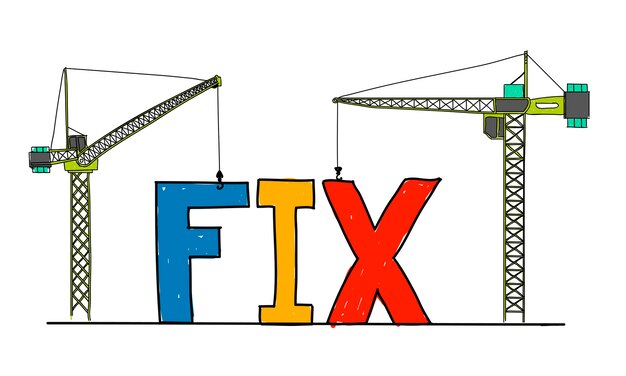
The first reason is very obvious, isn’t it??
If your Shopify website performance is low, then there must be two areas to focus:
- which parts of the site are responsible for it
- which parts are affected due to the poor performance
Some of the most common performance bottlenecks that can be identified through a Shopify performance audit:
- Slow loading pages
- Unoptimized images
- Excessive JavaScript
- Unnecessary apps and plugins
- Render-blocking resources
…. and many more. So, the Shopify website audit is done to detect the errors and resolve them quickly. As a result of the technology audit, you can ensure your Shopify store is running at peak performance.
Reason 2# Enhanced User Experience

Have you ever realized that shoppers can get lost and frustrated if they can’t find what they’re looking for?
It’s true! In fact, a recent study found that 72% of shoppers are less loyal to a brand when it’s hard to find what they want on a website [2]. That’s why having a strong user experience (UX) is so important for e-commerce businesses.
A performance audit can reveal navigation issues, such as complex menus, poor organization, or hidden categories. Not only this, the evaluation of product pages and the checkout process can also identify areas that can be improved for a smoother and more enjoyable shopping experience.
For example, product pages should include high-quality images, detailed descriptions, and customer reviews. The checkout process should be simple and easy to follow, and it should offer a variety of payment options.
In short, investing in a Shopify store performance audit and making improvements to your website’s UX can pay off in a big way.
Reason 3# Boost SEO and Organic Traffic
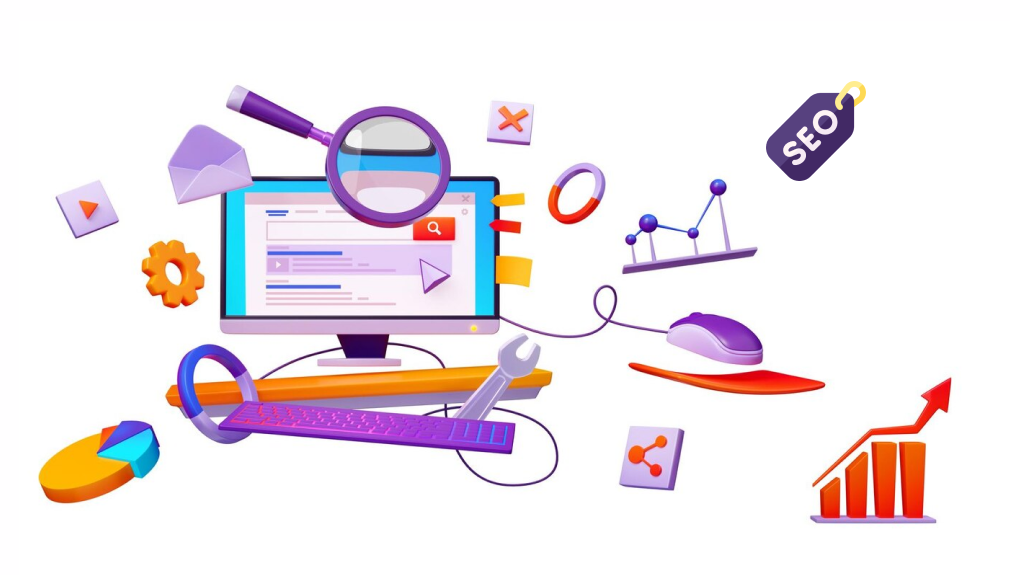
Most online shoppers turn to search engines like Google to discover new products and brands. While paid ads offer immediate results, organic traffic generated through Search Engine Optimization (SEO) delivers long-term business benefits.
However, achieving high organic visibility requires a strong strategic approach. And Shopify performance audit can help you identify on-page and technical SEO issues (that could be blocking your website visibility on the search engines) like
- No robots.txt file or incorrect directives
- Broken links
- Sitemap issues
- Meta robots “noindex” tag
- Canonicalization issues
- missing meta tags (title, meta descriptions, etc.)
These errors can prevent search engine crawlers from accessing and indexing your website pages. The performance review will pinpoint these issues, allowing you to fix them and improve your crawl budget efficiency. This results in better search engine rankings, increased organic traffic, and ultimately, a more successful online store.
Reason 4# Conversion Rate Optimization

Ultimately, the goal of your store and marketing is to convert visitors into paying customers.
Do you think, an underperforming store can get more sales?? No, right? That’s why regular Shopify store health audits and timely performance optimization are required to ensure a higher conversion rate.
A thorough performance audit helps uncover technical issues, usability problems, and content gaps that hinder user experience and ultimately lead to abandoned carts and lost sales. By identifying these friction points, you can prioritize improvements that address specific user pain points and smooth the conversion process.
Reason 5# Better Customer Retention
I believe, a slow, clunky website frustrates customers and leads to a bad shopping experience.
However, there are more things responsible for customer retention, still a great user experience makes a difference. And you can only retain those customers who enjoyed purchasing at your Shopify store no matter
- how fast you deliver the order to the customer,
- how good your product packaging is,
- how great your retargeting campaigns are.
So, you can’t avoid Shopify performance audits if you want to offer a seamless shopping experience and gain more repeat purchases.
Reason 6# Gaining a Competitive Edge

Every shopper visiting your online store will remember it either as a
- professional and reliable store
or - poor and ordinary store.
… based on its performance. Now, it’s up to you how you want your Shopify store to be recognized! When competition is extreme and margins are tight, optimizing your Shopify store’s performance is no longer a suggestion, it’s a necessity!
The performance review can help you stay ahead of the curve by identifying areas where you can improve your store’s performance and differentiate yourself from the competition.
A Shopify website running at peak performance will definitely leave a powerful impact on the visitors, which will give you a significant edge over your competitors.
Reason 7# Long-Term Cost Savings
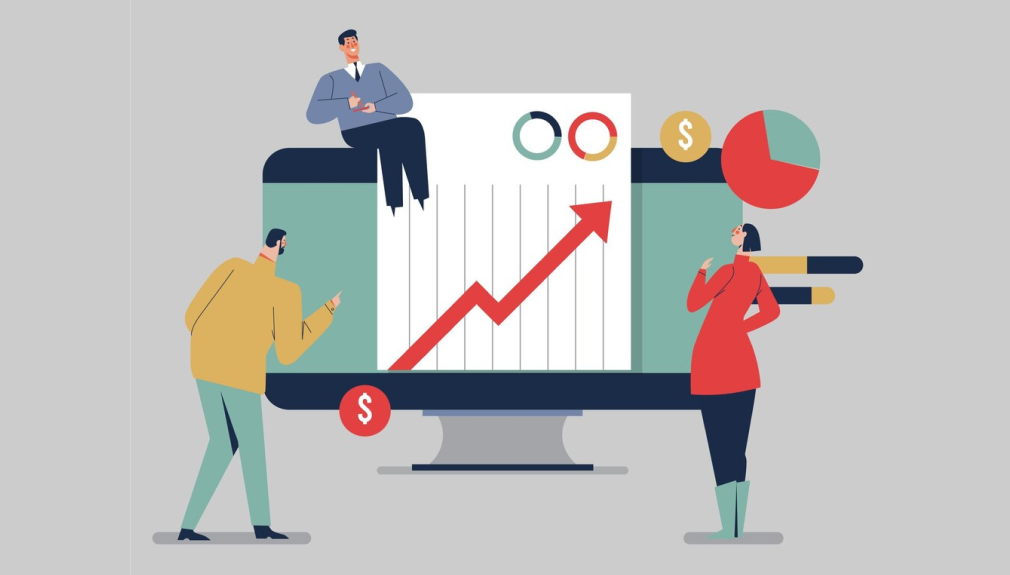
We often calculate the costs, but have you ever calculated the savings that a well-performing Shopify store can bring?
A well-optimized store requires less maintenance and troubleshooting. This frees up time and resources that can be allocated to other areas of your business. Just like a finely tuned engine consumes less fuel and requires less maintenance, a well-optimized Shopify store can operate with greater efficiency and lower overall costs.
Thus, conducting a Shopify performance audit is an investment that pays dividends!
Now the upcoming section will help you determine when you should conduct the performance audits with the help of key indicators.
What are the Signs of Poor Performance in Shopify stores?
There are many signs that your Shopify store may suffer from poor performance. Identifying them at the right time can help you prevent lots of lost sales.
1. Slow-loading Website

Is your website loads slow like a snow??
According to a study by Google, if a mobile page takes longer than 3 seconds to load, 53% of visitors will abandon the site [2].
A slow website is one of the biggest culprits of poor performance for eCommerce business. If your website takes too long to load, you’ll likely see a significant increase in bounce rate and a decrease in conversion rate.
So the very first task you should do is to test your Shopify site speed. Pages taking more than 3 seconds to load significantly impact user experience and conversion rates. To get an accurate picture of your website’s performance, test it from different locations around the world. You can use a tool like Google PageSpeed or GTmetrix to do this.
Once you have tested your website speed, take some time to analyze the results. The tools mentioned above will provide you with a detailed report that includes information on your website’s loading time, first-byte time, and First Contentful Paint (FCP).
This will help you determine whether your website is performing well or not.
2. High Bounce Rate

A high bounce rate on your Shopify website can be a major red flag, indicating significant issues with your site performance and user experience. It signifies that visitors are quickly leaving your site without engaging with your products or taking any desired actions.
Users nowadays have limited patience and may leave if they find:
- page takes too long to load,
- unclear website navigation,
- technical errors like 404s or server issues, or
- poorly targeted advertising.
For Shopify stores, a high bounce rate generally falls above 40%. However, it can vary depending on your industry and the specific pages being analyzed. For product pages, a bounce rate below 70% might be considered acceptable, whereas blog posts should aim for a bounce rate below 90%.
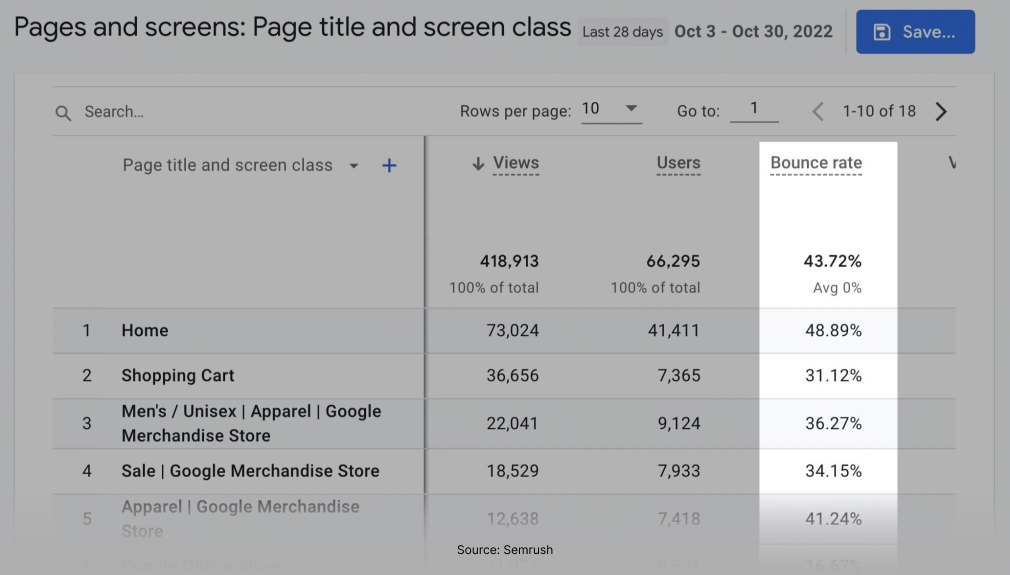
Google Analytics provides detailed reports on your website’s bounce rate for different pages, traffic sources, and user segments. You can utilize this data to identify specific pages with a high bounce rate and investigate further.
3. Low Conversion Rate
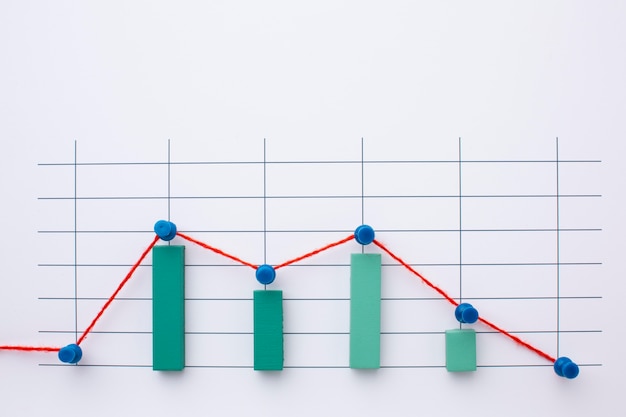
Simply put, your conversion rate is the percentage of website visitors who take a desired action, such as making a purchase. A healthy conversion rate can vary depending on your industry and business goals, but generally, a rate above 2% is considered good.
A below 2% conversion rate means that you’re potentially losing out on valuable customers and revenue. Complicated navigation, confusing checkout process, slow page loading, and other reasons can frustrate visitors and prevent them from converting.
You can easily find your conversion rate on Shopify Analytics (in your Shopify admin) and Google Analytics. These tools provide detailed reports on your conversion rate for different campaigns, traffic sources, and user segments.
A high cart or checkout abandonment can significantly contribute to a low conversion rate. This means that even though you might be attracting visitors to your website or store, a large portion of them are dropping off before converting into paying customers.
So, it’s necessary to check the cart abandonment rate as well to determine your Shopify store performance.
4. Frequent Website Crashes or Downtime
Every minute your website is down translates to potential sales or conversion loss.
A poorly coded app can conflict with other plugins or your Shopify theme, causing crashes. As a result, the shoppers may see error messages like “502 Bad Gateway” or “503 Service Unavailable” when trying to access your store.
I found many Shopify store owners complaining the same in the Shopify Community. Check the picture below:

If your website crashes multiple times a week or experiences prolonged downtime periods, it indicates a deeper problem requiring immediate attention.
5. Dropping SERP Ranking
Have you seen a decline in your website’s Search Engine Results Page (SERP) ranking??
If yes, your site is becoming less visible to potential customers through organic search, which can hurt your traffic, sales, and overall revenue. Possible causes can be:
- Changes in Google algorithms
- Technical issues like broken links, unresponsive storefront
- Losing backlinks or having low-quality links
- Outdated content, irrelevant keywords, and thin content
… and many internal or external factors are also there.
So, once you’ve encountered a decrease in organic traffic, you can take steps to address it and improve your website’s performance. A complete Shopify performance review will help you understand what’s causing the decline and take corrective action to reverse the trend.
6. Increased Customer Complaints

While website analytics and internal monitoring can provide valuable insights into your website’s performance, one of the most direct and important indicators is often the feedback you receive from your customers.
If customers are frequently contacting your team for help with navigation, checkout issues, or website errors, it suggests that your site is not user-friendly.
A poor-performing Shopify site will definitely get more complaints than usual, and they may complain about:
- pages taking too long to load
- errors or glitches during the checkout process
- payment processing issues
- missing features in the site
- other website errors
If you’re experiencing any of these signs, it’s important to conduct a Shopify performance audit to identify the root cause of the problem. Once you know what’s causing the problem, you can take steps to fix it and improve your website’s performance.
Now you may be wondering what exactly happens in the website performance audit. So, let’s find out in the next section.
What Does a Shopify Performance Audit Include?
Now you know that performance audits are done to uncover the root causes behind your underperforming website, it’s time to understand which areas are covered.
The Shopify performance audit mainly includes:
- Website Performance – page loading speed and mobile usability
- Site Navigation — clarity of navigation menus, product categories, and internal links
- Store Design – professional design, overall aesthetics of the site, and visual hierarchy
- Website SEO – search engine visibility, keyword optimization, and content relevance
- Conversion Rate Optimization – calls to action, checkout process optimization, social proof, and more.
The specific scope and depth of your audit will depend on your store’s size and complexity, but all audits will provide valuable insights and actionable recommendations to improve your online store’s performance.
While all audits offer valuable insights, not all partners possess the expertise and experience necessary to translate those insights into tangible results. That’s why, you need to hire the right Shopify audit partner who not only points out the issues but also helps you optimize your store’s performance.
Yes, I’m talking about Aureate Labs!!
Aureate: The Right Shopify Performance Audit Partner

We specialize in providing comprehensive Shopify performance audits that go beyond surface-level analysis. Our team of Shopify experts understands the unique challenges and opportunities online businesses face.
We don’t just identify problems; we provide actionable solutions. Our experienced team will work closely with you to develop and implement a customized strategy based on the audit findings.
Here’s what you can expect from an Aureate Shopify Performance Audit:
- Detailed analysis of key metrics (traffic, conversions, average order value, customer engagement, and more.)
- Finding bottlenecks and roadblocks hindering your store’s performance.
- In-depth assessment of your store’s design, usability, and user experience.
- Analyzing your store’s SEO performance
- A clear roadmap for implementation and improvement
- Ongoing support throughout the process
Let Aureate be your trusted partner in optimizing your Shopify store’s performance. Contact us today to schedule a free consultation!
If you’ve identified the specific areas where optimization needs to be done, then you can directly opt for different Shopify services such as
- Shopify speed optimization
- Shopify store maintenance
- Shopify store design optimization
- Shopify SEO optimization
- Shopify store rebuild
Or you can just hire Shopify developers for your custom needs.
Now it’s your turn: Have you conducted a Shopify performance audit recently? If so, what were the results? What steps and practices are you taking to improve your store’s performance? Share your thoughts in the comments below!
References:
[1] https://blog.kissmetrics.com/wp-content/uploads/2011/04/loading-time.pdf
[2] https://cloud.google.com/blog/topics/retail/new-research-on-search-abandonment-in-retail
[3] https://blog.google/products/admanager/the-need-for-mobile-speed/






Post a Comment
Got a question? Have a feedback? Please feel free to leave your ideas, opinions, and questions in the comments section of our post! ❤️